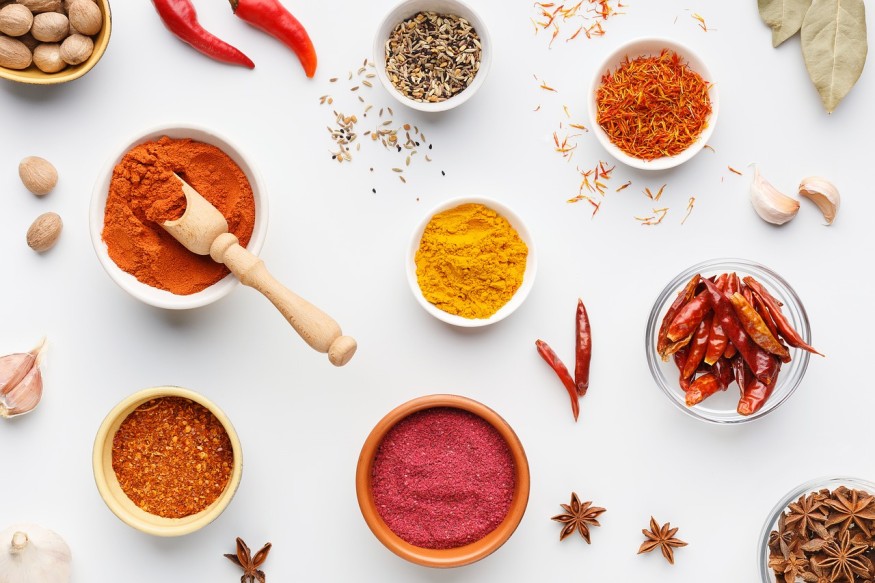Researchers recently investigated over 30,000 recipes from 70 different nations with over 90 different spices looking for the actual link between spices and the people cooking them.
This study is in relation to the long-believed theory about enthusiasts of the so-called "tongue-burning Indian curry" or what's described as the tear-inducing Chinese hotpot who have possibly contemplated why countries with hotter temperatures tend to have spicy foods for a specialty.
An Inverse report said that finding the link is not as simple as many people think. For years, food scientists have assumed that spices may provide an antibacterial benefit in countries where foodborne diseases are more typical.
Nevertheless, the said new research that came out in the Nature Human Behavior journal recently debunked such a theory.
ALSO READ : Foods to Buy to Prevent Having Serious COVID-19

Do Cultural Correlations Matter
The research team specifically investigated 33,750 recipes from 70 countries with 93 different spices in a quest for the true link between spices and their respective cooks.
What the scientists discovered was an ever-deepening twisted, cultural correlation. While such a study does not show a clear result itself, it does not raise essential questions on how frequently cultural correlation is conflated with causation. The manner of solving these problems will take consistent vigilance to defect biases or assumptions.
This is precisely what researchers were looking into. It is what is taking place in food science and something identified as "Darwinian Gastronomy."
Darwinian Gastronomy
The said report specified that Darwinian Gastronomy is the notion that humans' "cuisine preferences and spices are driven by a stomach-led adaptation" to their natural environs.
Using this philosophy, it appears obvious that hot nations with higher levels of foodborne diseases must be warding off a disease that has the extra spices they add compared to cooler nations that tend to use lesser spices.
Nevertheless, the study's first author and the Australian National University ecology and evolution professor Lindell Bromham argued this theory simply does not hold up when datasets being looked at are expanded.
The professor added, the notion is that "spicy foods helped people survive in hot climates," where the danger of contagion from food can result in a high cost when it comes to health and survival. However, the expert continued, they found that the said theory "does not hold up."
Bromham also said, spicier food is present in hotter countries. However, their analysis offers no clear reason to believe that this is mainly a "cultural adaptation" to lower the risk of infection from food.
Link Between Spice and Climate
To investigate further what the true link between spice and climate might be, the research team discovered more than 30,000 recipes and over 90 spices from different countries all over the world for each cuisine type looked at total use of spice, mean spice use for each recipe, and median spice use for each recipe along with a number of socioeconomic and ecological factors.
For this study's purpose, the group defined spice as "an ingredient added to a dish" in comparatively small amounts, mainly for "flavor, color or smell," instead of "bulk, nutrition, or pharmaceutical impacts."
Through their analysis, the research team discovered a lot of links that appeared like they could explain the existence of spicy food in warm countries, although they were said to be "far from causational."
Meaning, there are still many socioeconomic indicators that scale together, and a lot of them scale with spice use, as well.
Check out more news and information on Food Science in Science Times.










